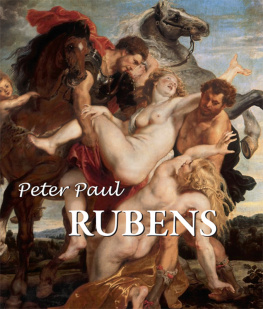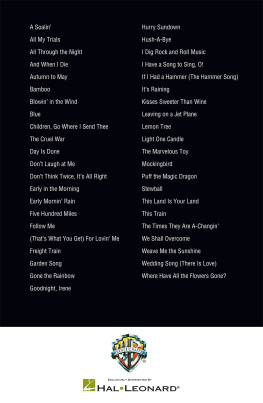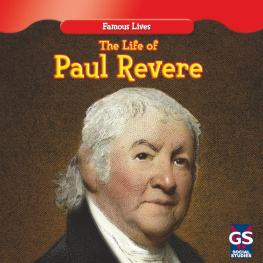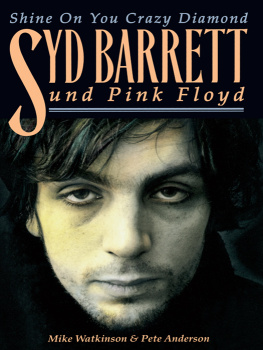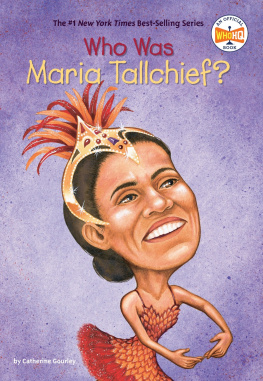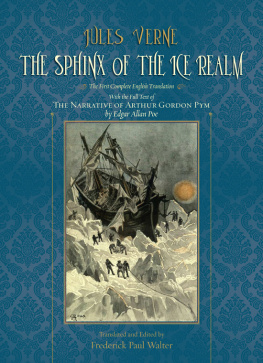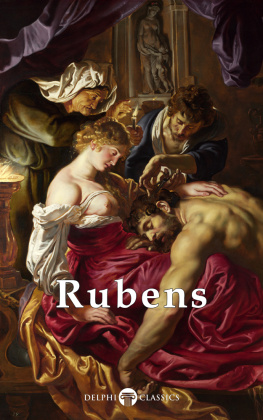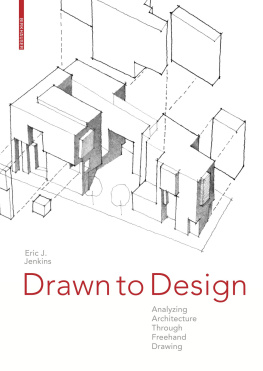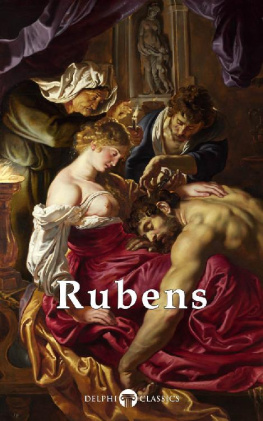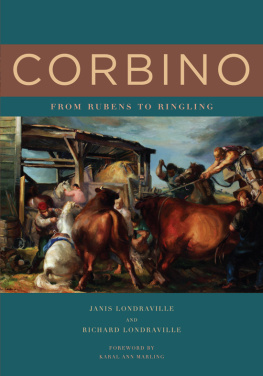Authors:
Maria Varshavskaya and Xenia Yegorova
Layout:
Baseline Co. Ltd
61A-63A Vo Van Tan Street
th Floor
District 3, Ho Chi Minh City
Vietnam
Confidential Concepts, worldwide, USA
Parkstone Press International, New York, USA
Image-Bar www.image-bar.com
All rights reserved.
No part of this publication may be reproduced or adapted without the permission of the copyright holder, throughout the world. Unless otherwise specified, copyright on the works reproduced lies with the respective photographers, artists, heirs or estates. Despite intensive research, it has not always been possible to establish copyright ownership. Where this is the case, we would appreciate notification.
ISBN: 978-1-78310-029-3
Maria Varshavskaya and Xenia Yegorova
Peter Paul Rubens

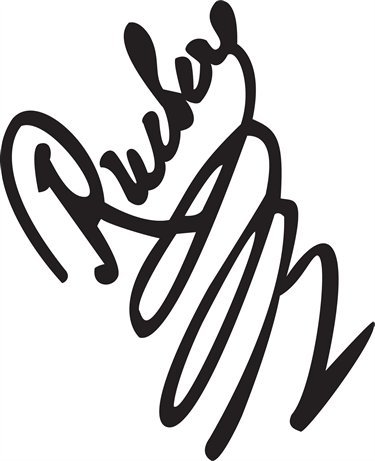
Content
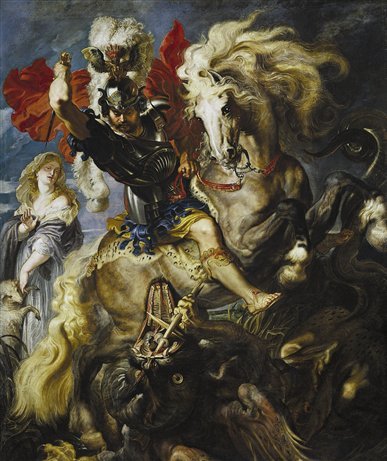
Saint George Battles the Dragon , c. 1607.
Oil on canvas, 309 x cm .
Museo Nacional del Prado, Madrid.
THE LIFE AND WORKS OF
PETER PAUL RUBENS

Leda and the Swan , c. 1598-1600.
Oil on panel, 122 x cm .
Staatliche Kunstsammlungen Dresden,
Gemldegalerie Alte Meister, Dresden.
The name of the great 17 th -century Flemish painter, Peter Paul Rubens is known throughout the world. The importance of his contribution to the development of European culture is generally recognised. The perception of life that he revealed in his pictures is so vivid, and fundamental human values are affirmed in them with such force, that we look upon Rubens paintings as a living aesthetic reality of our own time as well.
The museums of Russia have a superb collection of the great Flemish painter s works. These are concentrated, for the most part, in The State Hermitage Museum in St Petersburg, which possesses one of the finest Rubens collections in the world. Three works, previously part of the Hermitage collection, now belong to The Pushkin State Museum of Fine Arts in Moscow. The Bacchanalia and The Apotheosis of the Infanta Isabella were bought for the Hermitage in 1779 together with the Walpole Collection (from Houghton Hall in England); The Last Supper came to the Hermitage in 1768 from the Cobenzl Collection (Brussels). These three paintings were then transferred to Moscow in 1924 and 1930.
One gains the impression that in the 17 th century, Rubens did not attract as much attention as later. This may appear strange: indeed his contemporaries praised him as the Apelles of our day . However, in the immediate years after the artist s death, in 1640, the reputation which he had gained throughout Europe was overshadowed. The reasons for this can be found in the changing historical situation in Europe during the second half of the 17 th century.
In the first decades of that century nations and absolutist states were rapidly forming. Rubens new approach to art could not fail to serve as a mirror for the most diverse social strata in many European countries who were keen to assert their national identity, and who had followed the same path of development.
This aim was inspired by Rubens idea that the sensually perceived material world had value in itself; Rubens lofty conception of man and his place in the Universe, and his emphasis on the sublime tension between man s physical and imaginative powers (born in conditions of the most bitter social conflicts), became a kind of banner of this struggle, and provided an ideal worth fighting for.
In the second half of the 17 th century, the political situation in Europe was different. In Germany after the end of the Thirty Years War, in France following the Frondes, and in England as the result of the Restoration, the absolutist regime triumphed. There was an increasing disparity in society between conservative and progressive forces; and this led to a reassessment of values among the privileged, who were reactionary by inclination, and to the emergence of an ambiguous and contradictory attitude towards Rubens.
This attitude became as internationally prevalent as his high reputation during his lifetime, and this is why we lose track of many of the artist s works in the second half of the 17 th century after they left the hands of their original owners (and why there is only rare mention of his paintings in descriptions of the collections of this period). Only in the 18 th century did Rubens works again attract attention.
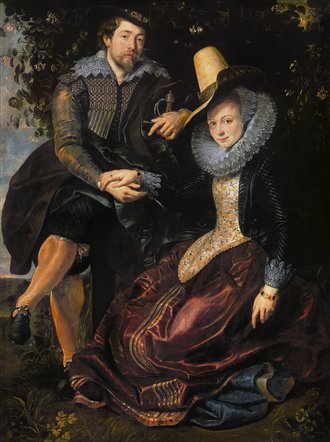
Rubens and Isabella Brant in
the Honeysuckle Bower, c. 1609.
Oil on canvas, 178 x 136.5 cm .
Alte Pinakothek,
Bayerische Staatsgemldesammlungen, Munich.
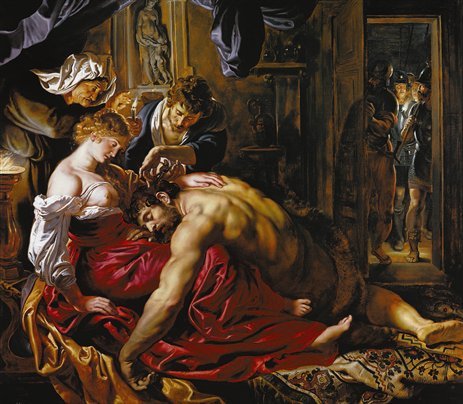
Samson and Delilah , c. 1609-1610.
Oil on panel, 185 x cm .
The National Gallery, London.
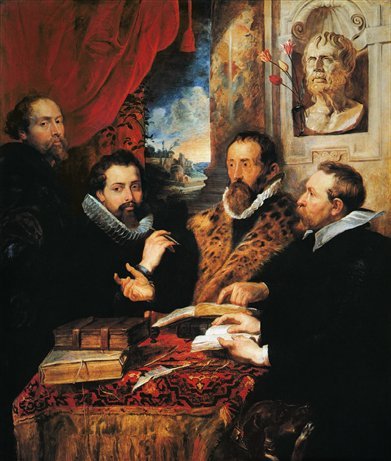
The Four Philosophers , 1611-1612.
Oil on canvas, 164 x cm .
Galleria Palatina e Appartamenti Reali
(Palazzo Pitti), Polo Museale, Florence.
In the course of the three centuries which have elapsed since the death of Rubens, his artistic legacy, while not losing its immediate aesthetic value, has been variously interpreted. Prevailing aesthetic opinion has never been able to ignore his influence, but at each specific historical juncture it has sought to channel this influence in a particular direction. At times the perception and interpretation of the artist s legacy has been determined by those features which people desired to see in his works, or those that they hesitated to find there. Rubens creative activities were so closely interwoven with the world he lived in that the detachment necessary for an overall assessment of his role and importance was not possible to achieve during his lifetime.
His contemporaries did not furnish literature on his art. Only a few brief reviews or verses dedicated to his works by his contemporaries confirm his wide recognition. The opinion stated in a letter by Vincenzo Giustiniani, the well-known Italian maecena and patron of Caravaggio, may be considered one of the first attempts to define the nature of the artist s work.
Writing during Rubens lifetime, Giustiniani discussed the development of contemporary art: he considered it possible to place Caravaggio and Guido Reni in one group, with Rubens in another. He included Rubens, together with Ribera, Terbrugghen, and Honthorst, in the group of naturalists . Critical writings about Rubens began to appear when enthusiasm for him was moderated, and when the aesthetics of the Grand Manner began to take hold.
One of the chief proponents of this trend was Giovanni Pietro Bellori, the director of the Academy of St Luke in Rome. His classical theories had a decisive influence on the formation of artistic taste throughout Europe in the second half of the 18 th century. According to his aesthetic principles, the main requirement of art was that it should embody the ideal of beauty ; moreover, all that was individual, partial, accidental, or transitory had to be raised to the level of the universal, eternal, and immutable. Rubens, with his concrete observation of life and sensualistic approach, was seen as an underminer of such canons, and as an offender against social decorum.
Next page
